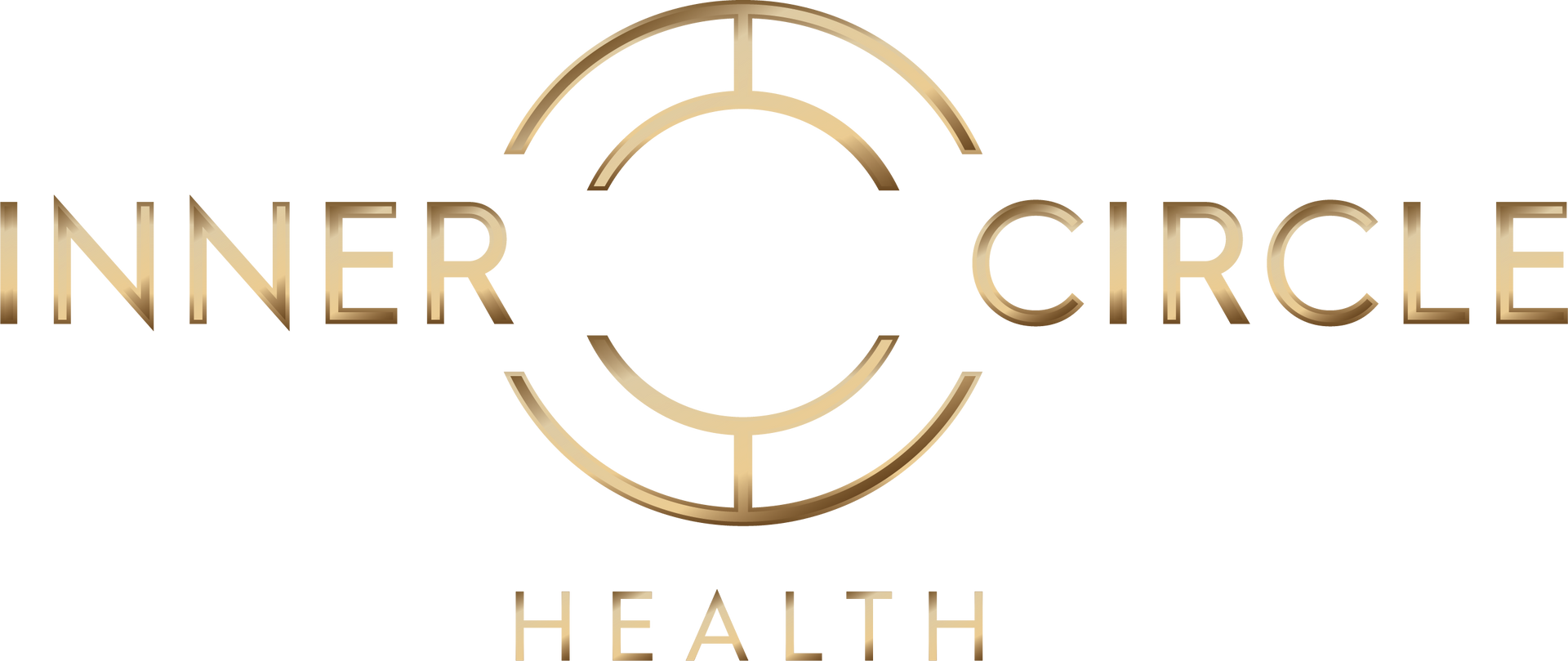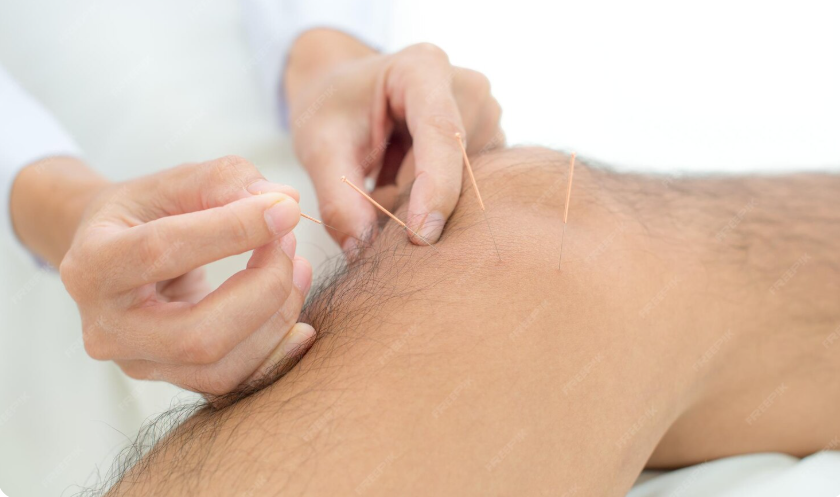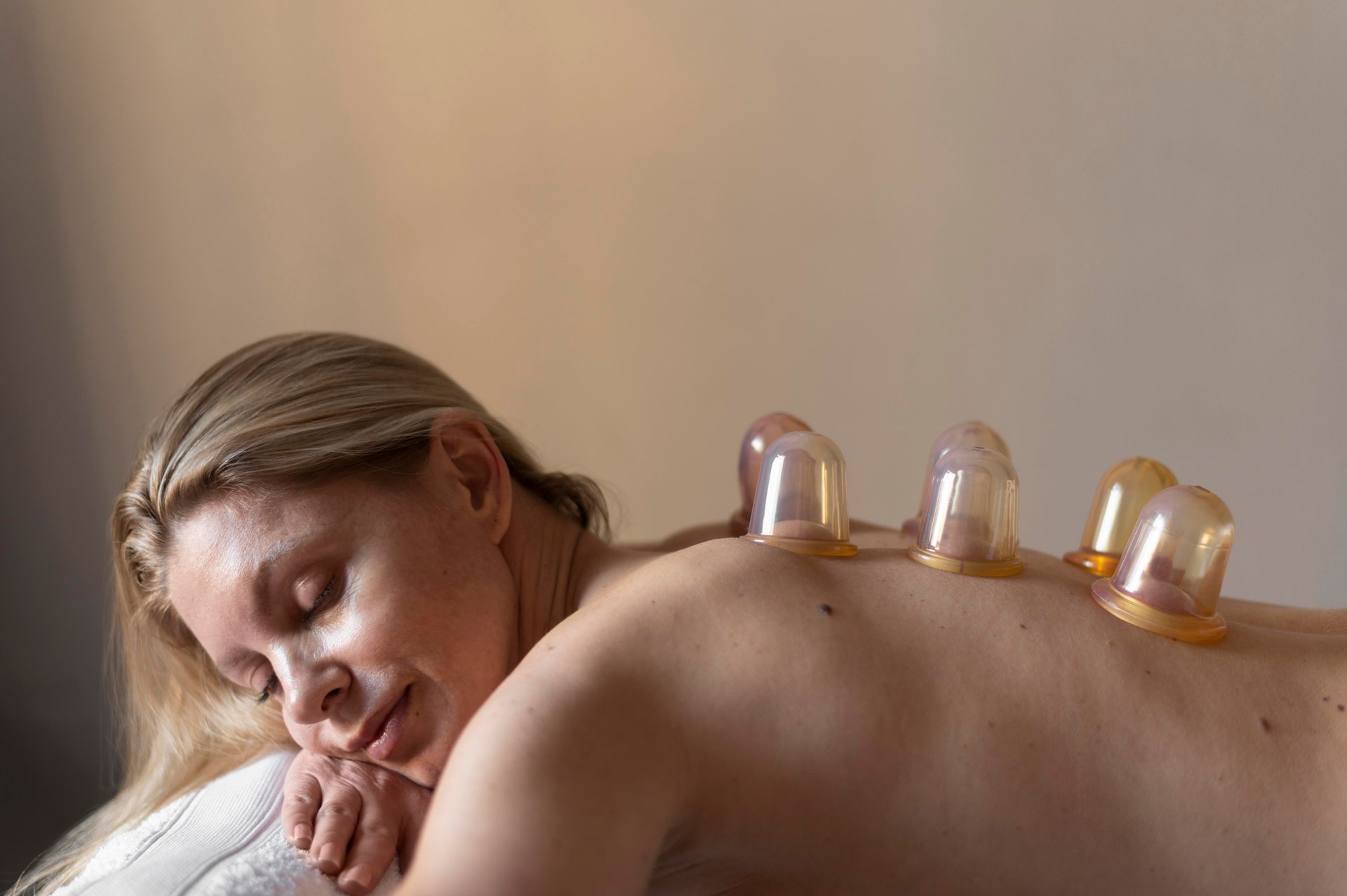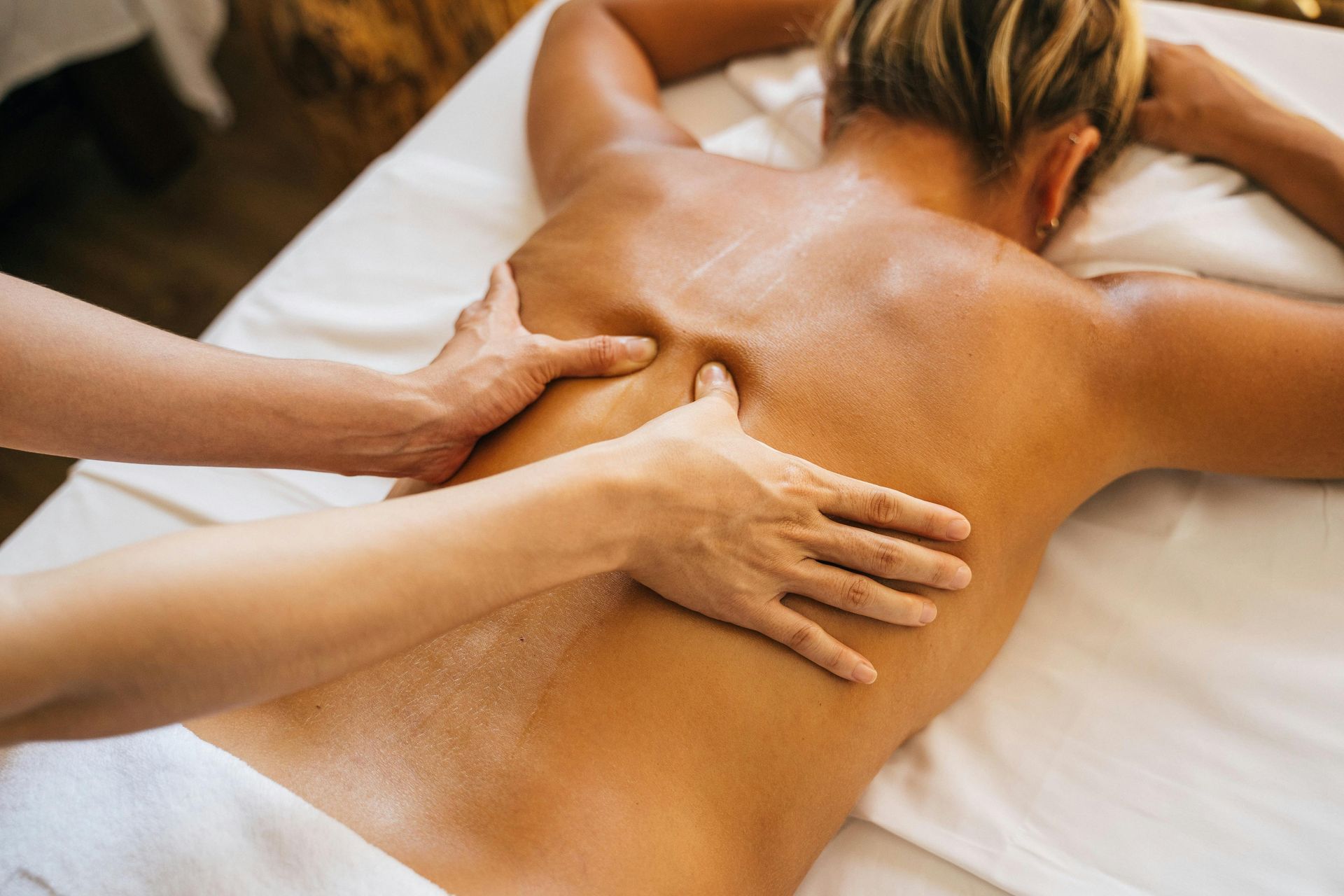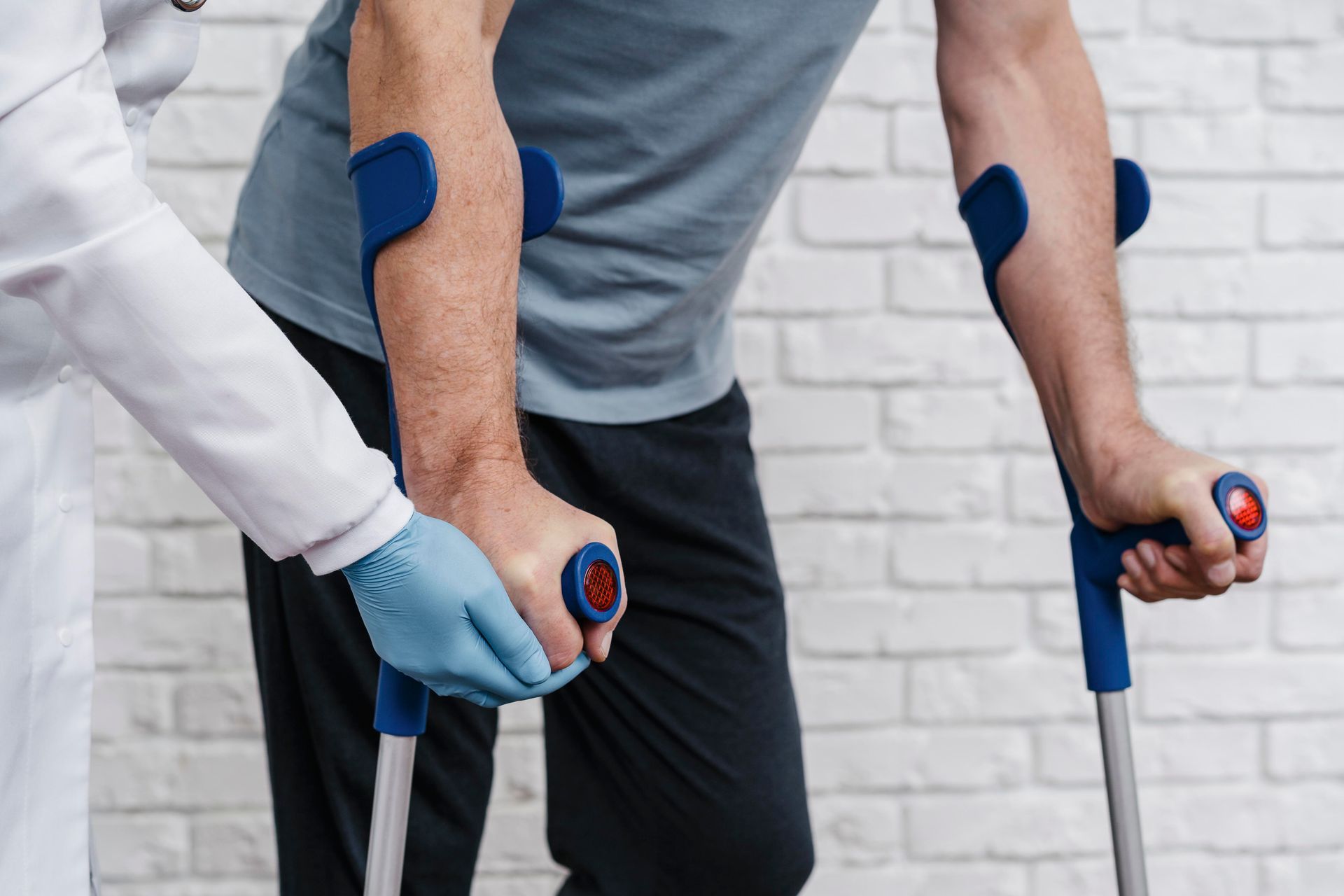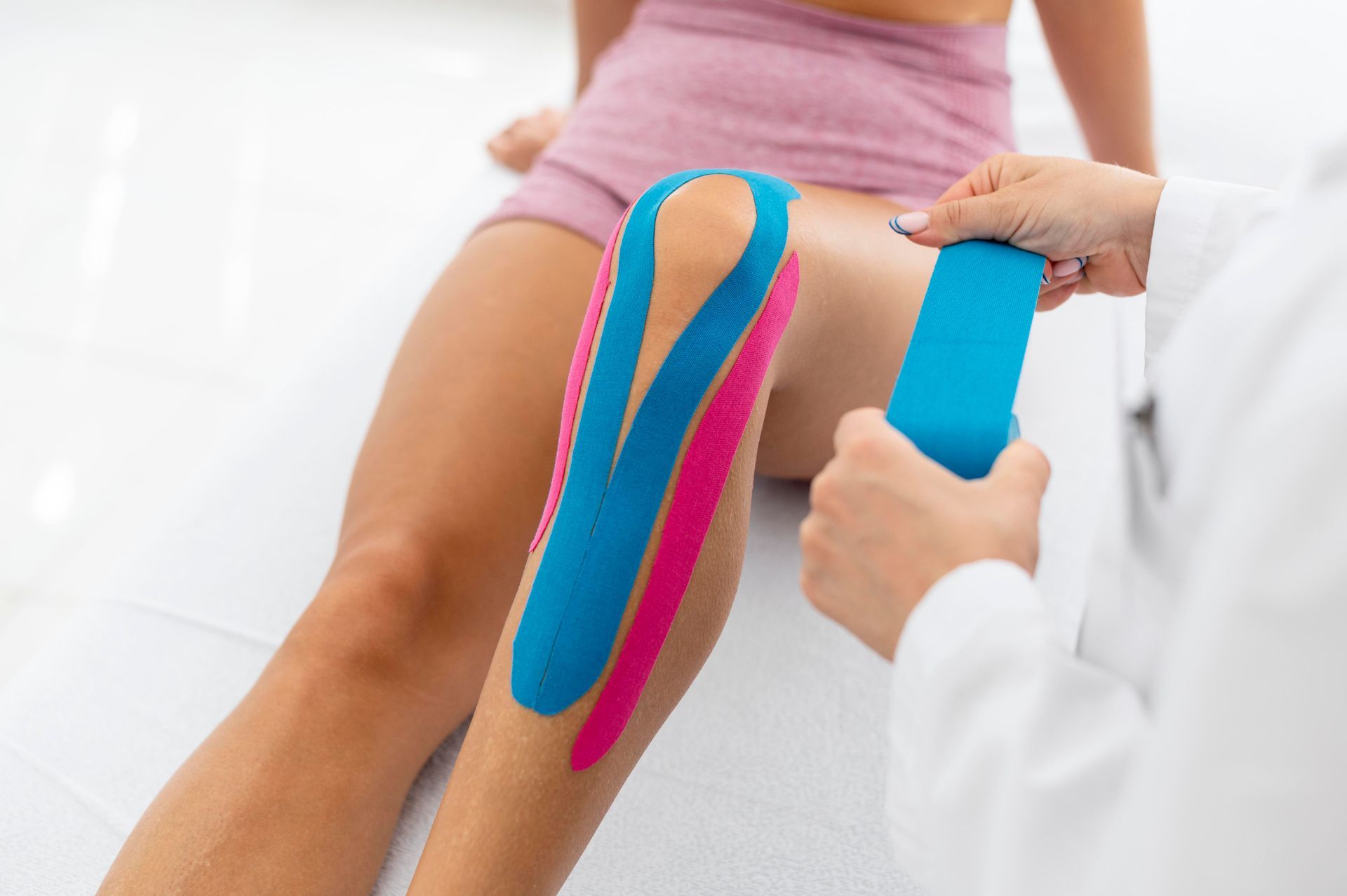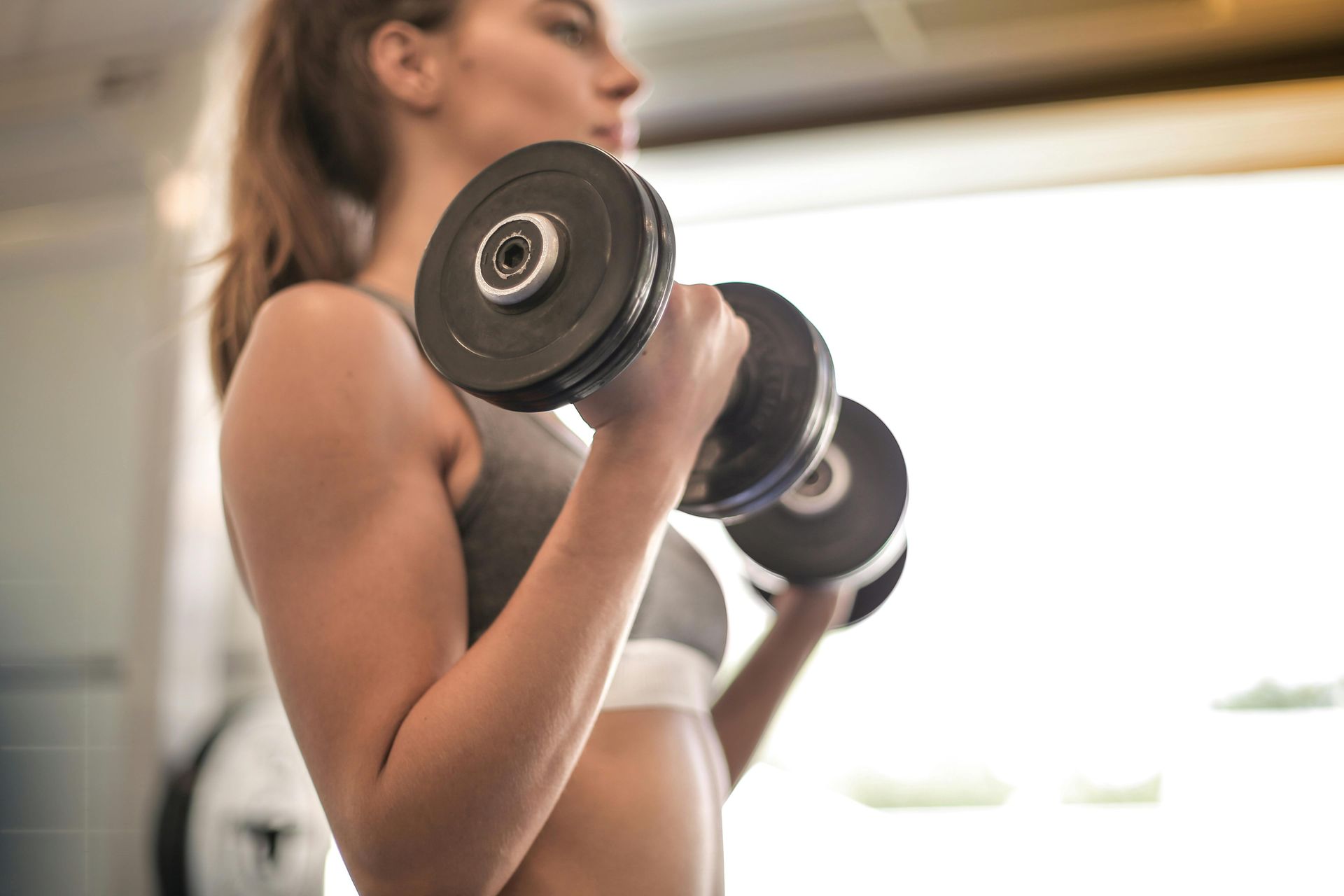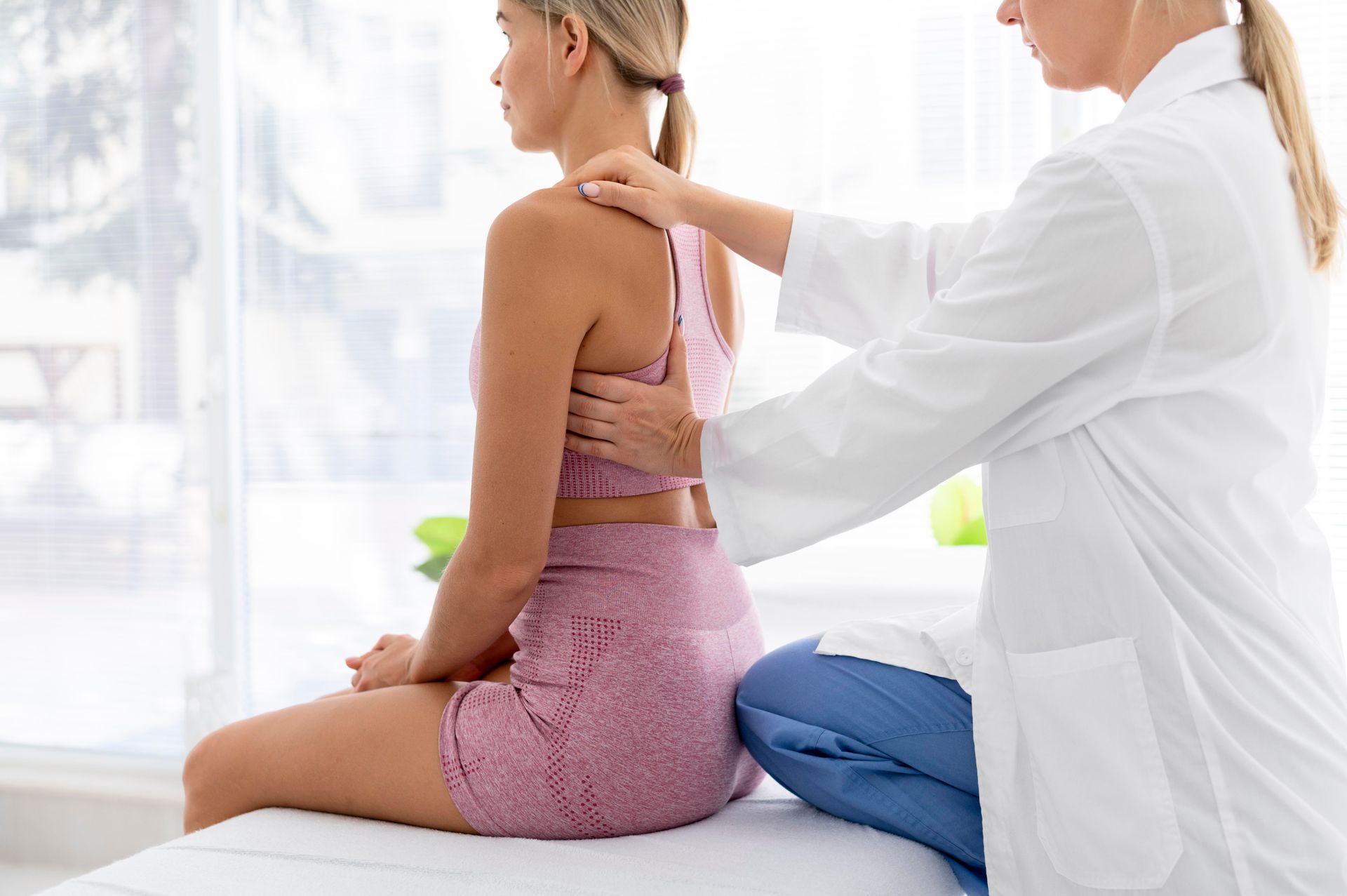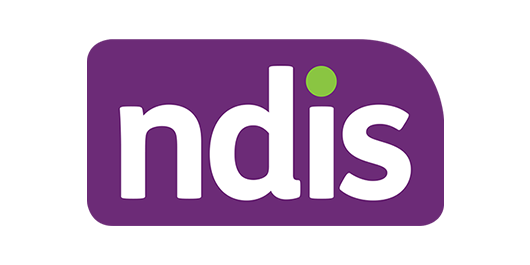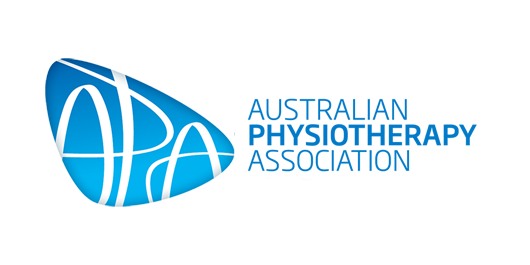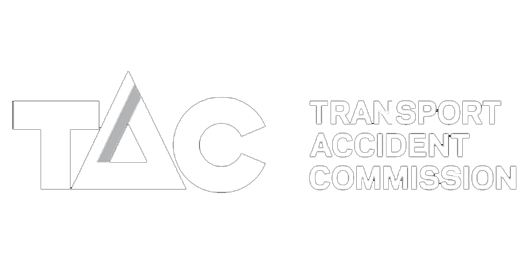Specialised Treatments
What Is Dry Needling?
Dry needling is a technique used by a trained professional to help reduce pain and improve movement. It involves gently inserting very thin, sterile needles into sore or sensitive spots in your muscles—often where you feel tension, discomfort, or tightness.
These sore spots can develop from things like sitting too long, repetitive movements, prolonged posture, or injury. While it might seem like the needle is “releasing” the muscle, what’s really happening is a change in how your nervous system responds to that area.
The needle sends a signal to your brain and spinal cord, which can help calm down the sensitivity in that area. This can lead to a short-term drop in pain and stiffness, making it easier for you to move, stretch, and start doing exercises that are important for long-term recovery.
How Can Dry Needling Help?
Is It Safe?
Yes—dry needling is safe when performed by a trained professional for the right person. It’s usually used alongside other proven treatments like exercise and hands-on therapy. Many people find it to be a helpful tool in managing pain and speeding up their return to doing the things they enjoy.
What Is Cupping?
Cupping is a gentle therapy that can help reduce pain, ease muscle tightness, and support better movement. It involves placing special cups on your skin to create suction. This light suction gently lifts the skin and underlying tissues, which can improve local blood flow and stimulate the nervous system.
Current research suggests that cupping may reduce pain by changing how the brain and nervous system respond to tension in the body. This can calm overactive pain signals and help your muscles relax, making it easier for you to move and get back to your normal activities.
We use two types of cupping in the clinic:
STATIC CUPPING
In static cupping, the cups stay in one place for a few minutes. This is useful for areas that feel especially tight or sore—like the neck, shoulders, or lower back. The gentle pressure helps the nervous system settle and can create a short-term reduction in pain and stiffness.
ACTIVE CUPPING
With active cupping, the cups are applied while you do light movements or guided stretches. This helps improve how the muscles and tissues slide and move under the skin, encouraging better mobility while also reducing discomfort.
What Can Cupping Help With?
Is It Safe?
Yes—cupping is safe when performed by a trained professional for the right person. Some mild redness or circular marks may appear after treatment, but these are temporary and usually fade within a few days. Many people find cupping relaxing and notice a difference after just one session.
Cupping is often used alongside other treatments to support your recovery and help you move and feel better.
What is Manual Therapy?
Manual Therapy is hands-on treatment to restore movement and ease discomfort, paired with tailored exercises. It involves skilled techniques such as joint mobilisations, soft tissue massage, and gentle stretching—all done with the physiotherapist’s hands.
Manual therapy often provides immediate relief and is best coupled with specific exercises which are tailored by your physiothrapists so you are able to stay pain free.
What does Manual Therapy include?
Is Manual Therapy Right for Me?
Manual therapy can help if you’re dealing with pain, stiffness, or limited movement from things like posture issues, sports injuries, or everyday wear and tear.
What does Post - Surgery Rehab include?
Exercises to restore movement
Strength and balance training
Pain and swelling management
Hands-on therapy to reduce stiffness and manage pain
Guidance on walking, lifting, or returning to work/sport safely
A clear plan for each stage of your recovery
What is Post-Surgery Rehab?
Recovering from surgery can be challenging, but physiotherapy plays a vital role in helping you heal, regain confidence in your movement, and return to daily life as quickly and safely as possible. Our experienced physiotherapists will work closely with you to create a personalised rehab program tailored to your surgery, recovery goals, and timeline.
Common Surgeries we help with
Orthopaedic & Joint Surgeries
Knee replacement or arthroscopy
Hip replacement
Shoulder surgery (e.g., rotator cuff repair, dislocation)
Ankle or foot surgery (e.g., ligament repair, bunionectomy)
Spinal surgery (e.g., laminectomy, disc surgery)
Sports & Soft Tissue Surgeries
ACL reconstruction
Meniscus repair
Tendon or ligament repairs
Muscle tear repairs
Other Surgeries
Fracture repairs with pins or plates
Abdominal or thoracic surgeries (rehab for breathing, mobility, core strength)
What is taping?
Physiotherapists apply specialized tape (such as rigid sports tape or flexible kinesiology tape) to help.
Taping uses special medical tape applied to your skin to:
It’s often used for sprains, sore muscles, and during sports or activity to keep you moving safely.
What is Bracing?
Bracing involves using a support device—like a strap, sleeve, or rigid brace—to:
Braces are commonly used for knees, ankles, wrists, and backs after injury, surgery or injury-prevention
How it helps?
Taping and bracing are part of a plan created by one of our experienced physiotehrapists to help you heal, move better, and get back to what you enjoy—safely and with confidence.
Taping and bracing are helpful ways to support your body when you're recovering from an injury, dealing with pain, or need extra stability during movement.
What is strength training?
Strength training is also known as resistance training and is one of the most important things you can do to maintain your health, function, and independence. It’s not just about building muscle or looking a certain way. It’s about keeping your body strong enough to handle the demands of daily life—whether that’s lifting groceries, going for a walk, playing sport, or running around with your kids or grandkids.
As we get older, strength naturally declines, which can make everyday tasks feel harder and increase the risk of injury. The good news? It’s never too late to start. With a well-designed program and some consistency, you can build strength at any age and continue doing the things you love with more ease and confidence.
In physiotherapy, strength training programs are tailored to your individual goals, fitness level, and recovery needs—so you get stronger safely, and with purpose.
Why should I do strength training?
- Stay Strong & Active
It helps you build and maintain muscle so you can keep doing everyday things—like carrying groceries, climbing stairs, or getting up from a chair—with ease. - Protect Your Joints & Bones
Strength training supports joint health and helps prevent bone loss, reducing your risk of arthritis pain, osteoporosis, and fractures. - Prevent Falls & Injuries
Stronger muscles mean better balance and stability—key to avoiding slips, trips, and injuries as you get older. - Boost Energy & Mood
Regular strength training improves circulation, helps you sleep better, and can lift your mood by reducing stress and anxiety. - Manage Health Conditions
It helps with managing conditions like diabetes, heart disease, arthritis, and even chronic pain by improving how your body moves and functions.
Did you know?
After the age of 30, we naturally lose muscle each year. Strength training helps slow or even reverse that loss—keeping you fit, mobile, and independent.
Just 2-3 times per week is enough to make a difference
Our physiotherapists design safe, effective strength programs suited to your body and goals—whether you're returning to exercise, managing a health condition, or simply wanting to age strong!
WHAT IS A POSTURAL ASSESSMENT?
At our clinic, a postural assessment isn’t about finding perfect alignment or “fixing” imbalances. The human body is adaptable, and there’s a wide range of normal when it comes to how people sit and move. Instead, we look at how your body responds to specific tasks and positions—especially those linked to your pain or discomfort.
DO I NEED A POSTURAL ASSESSMENT
If you spend a lot of time sitting-whether at a desk, using a computer, or commuting; you might notice discomfort in your neck, shoulders, or lower back. It’s not that your posture is “bad” but staying in any one position for too long can lead to certain muscles or tissues becoming fatigued or sensitive, especially when combined with stress, low movement variety, or poor support.
How does it work?
We’ll work with you to understand your habits, workstation setup, and movement patterns. Then, we’ll create a tailored plan that may include:
By building strength, adding movement variety, and making simple ergonomic changes, we can help you manage pain, prevent it from coming back, and feel more comfortable in your day-to-day life.
Our Commitment to You
We’re not here to lock you into endless appointments. Instead, we aim to educate, motivate, and graduate you so you can move with freedom, prevent future injury, and live the active life you deserve. Whenever you need a refresher or new goal-based plan, we’ll be ready, but the power to thrive will always be in your hands.
